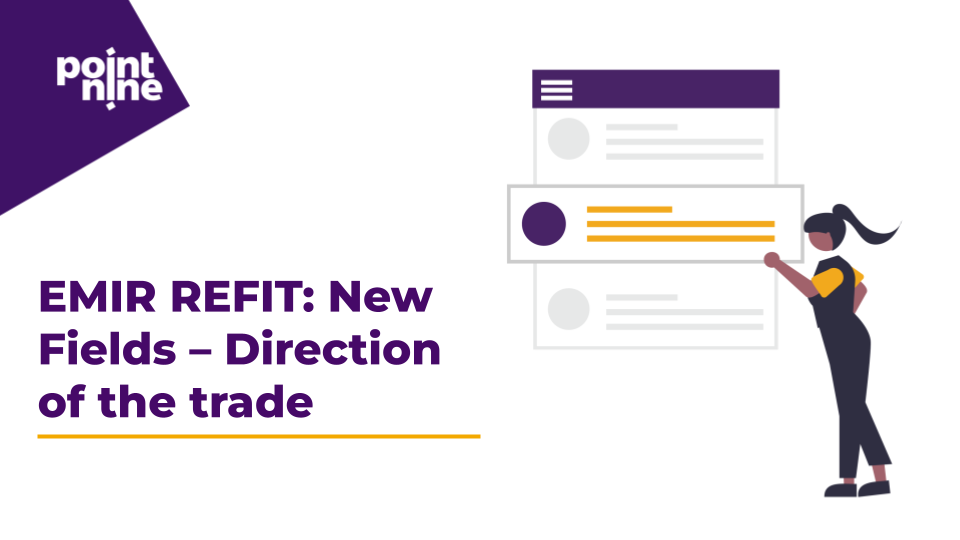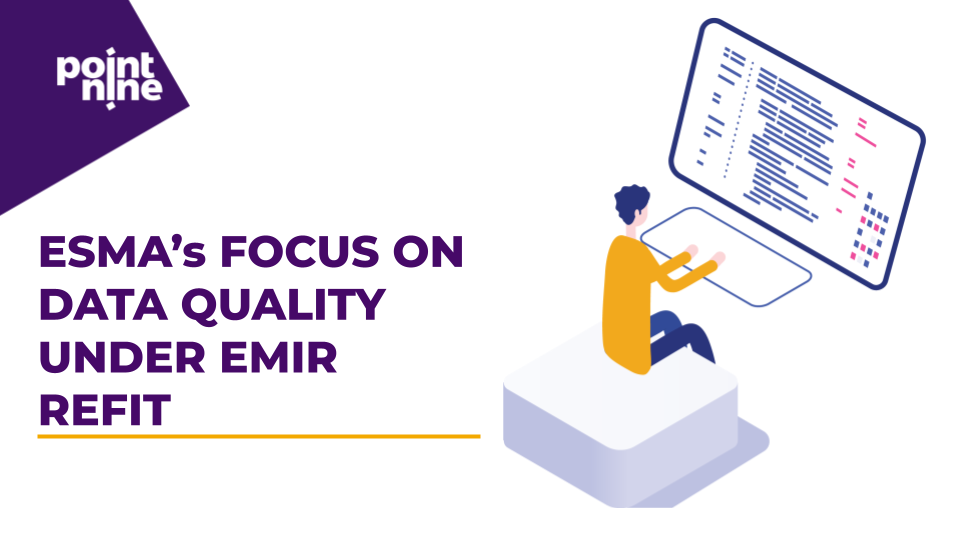It has been almost a year since the Securities Financing Transaction Regulation (SFTR) went into effect. However, less than 12 months later, news spread that ESMA had already begun making changes and updates to the current SFTR guidelines.
In this article, we will review the challenges of SFTR, some proposed solutions, and how SFTR will impact reporting hubs during the first half of 2020.
What is SFTR?
SFTR was originally proposed by the European Commission in January 2014. The original goal and mission of SFTR were to increase transparency in the European securities financing markets, especially after the economic downturn in 2008.
The vision was that all European-based firms would report their securities finance transactions (SFTs) to an assigned and approved trade repository under the new SFTR regulation.
SFTR Challenges
Of course, the implementation of SFTR wasn’t without its challenges. Some of these challenges included data fragmentation, the risks of submitting inaccurate data, and increased costs related to disclosure requirements. As a result, financial and non-financial counterparties alike were forced to adapt to these new processes to be compliant.
Here are some of the challenges associated with SFTR:
Data Reporting and Submission. The data that must be submitted and reported to trade repositories haven’t been readily available. For example, data related to transaction-level data and UTI agreements between counterparties has proven to be difficult to obtain and report correctly.
ESMA has proposed that relevant data must be retained for a minimum of 10 years, which is significantly longer than other regulatory requirements. As a result, this increases the risk of misreporting required data. This also means that firms and entities that are required to report these transactions must establish processes and procedures to satisfy these specific reporting requirements.
Data Fragmentation. The new reporting requirements significantly increase data volume. This immediately elevates the risks of fragmentation and data loss. Firms and entities are struggling with organizing, storing, and collecting the necessary accurate data for reporting purposes.
Data Quality. Combined with the challenges and risks of data fragmentation and data loss, firms and entities also face data quality risks. In an effort to mitigate this risk, many organizations and companies have adopted new reporting platforms and software.
Furthermore, many have also implemented additional quality assurance steps in their processes. Finally, many have also partnered with a third-party organization to assist with accurate data and reporting.
Costs. In addition to addressing the elevated costs that will likely be involved in minimizing risks associated with data fragmentation, data loss, and data quality, SFTR also means additional costs related to compliance with disclosure requirements. Many firms are concerned that these additional costs will influence the use of securities financing transactions as a whole.
In addition to increased operational costs and compliance costs, there are certainly cases where firms and branches haven’t been able to keep up with SFTR guidelines. As a result, these firms are at risk for penalties, fees, and additional audits.
Standardized Implementation. ESMA has proposed to use ISO 20022 as the standard format for reporting. The ISO 20022 is a standardized global approach to reporting (in terms of methodology, process, and repository) and is designed for financial standard initiatives.
Although ESMA believes this standard will ensure transparency and allow reporting to be subjected to strict governance and regulation, adapting to the ISO 20022 procedures is another challenge.
SFTR Solutions
As one can clearly see, the challenges associated with the SFTR implementation are primarily related to shifting operational processes and practices, adopting new technology, and improving internal coordination and communication.
However, the good news is there are solutions for each one of these challenges that allow firms and branches to remain compliant with the new reporting requirements.
Determine the Best Reporting Model
The first solution is to determine the best transaction reporting model. There are several different transaction reporting models and approaches that firms can leverage, ranging from in-house siloed solutions to vendor-managed solutions.
Here are some key differences between the two:
Siloed Solutions. Implementing a siloed solution typically yields short-term cost benefits. It is also a quick-to-market solution, which allows firms to maintain complete control over ownership and reporting.
On the other hand, siloed solutions are driven by technology, which can create various implementation challenges that firms may not necessarily have the resources to support.
Furthermore, because siloed solutions are often short-term solutions, this might present some scalability issues.
Vendor-Managed Solutions. Many firms have made the decision to outsource their reporting to third-party vendors. Vendor-managed solutions present long-term benefits and possibly a low-cost solution, however, working with a vendor doesn’t necessarily mitigate all risks.
For example, some risks to working with a third-party vendor include the following:
- Quality risks
- Client data risks
- Compliance risks
- Dependency and reliability risks
All in all, some firms may prefer siloed solutions to vendor-managed solutions and vice versa. Firms should take the time to assess and analyse the advantages and disadvantages of each to identify the best possible solution and make an informed decision.
Build In-House Reporting Hubs
Firms can also build an in-house reporting hub to meet regulatory requirements. Similar to siloed solutions, reporting hubs help firms to maintain a level of ownership and control, improving efficiency across the firm. Furthermore, reporting hubs are also typically more scalable than siloed solutions.
On the other hand, reporting hubs cannot be implemented as quickly as siloed solutions. Not only do they require more time to implement, but they require a team of subject matter experts (SMEs), which can be costly.
Use Reporting Templates. The new SFTR reporting guidelines include a total of 153 fields, which introduces the risks of data input errors and/ or missed fields.
For example, using standard reporting templates that already include the required fields is an efficient way to streamline the reporting process as well as ensure that no data fields are missed.
Establish an Internal Pre-Reporting Reconciliation Process. Coordinating and establishing a pre-reporting reconciliation process that ensures accurate data collection, reporting, and timely report submission is another solution.
For example, this process could include recruiting or forming a data management or data readiness team that is responsible for maintaining an existing reporting platform or investing in a new platform that utilises report templates that are compliant with ISO 20022.
This team can then build a process for auditing and analyzing all reports for accuracy prior to submission. This solution can take some time, however, it is a great way for firms and organisations to leverage their existing, internal resources.
Additionally, firms can work directly with counterparties as part of the reconciliation process. This process can also help to identify insufficient or inaccurate data, recognize any discrepancies, and realize any potential gaps in reporting.
Identify Risks and Make Informed Decisions
One of the primary motivators behind the SFTR implementation is to ensure that all firms and their branches are more aware of the risks presented by all trade transactions. Regardless of the challenges and pain points, SFTR has definitely increased awareness across all firms, organisations, and institutions. It has also helped them to make more informed decisions about processes, resource allocation, trading activities, and risk management and response.
What Will SFTR Look Like in 2020?
As we have witnessed thus far, SFTR has already implemented new rules, regulations, and responsibilities for financial and non-financial counterparties located throughout Europe. Strict reporting guidelines, the dependence on trade repositories to match trades both within and between repositories, the range of data required to be collected, and the required assignment of UTIs and LEIs are only a few of the complex rules enacted by this regulation. We will also likely see new reporting fields and requirements through Q1 and Q2 of 2020.





